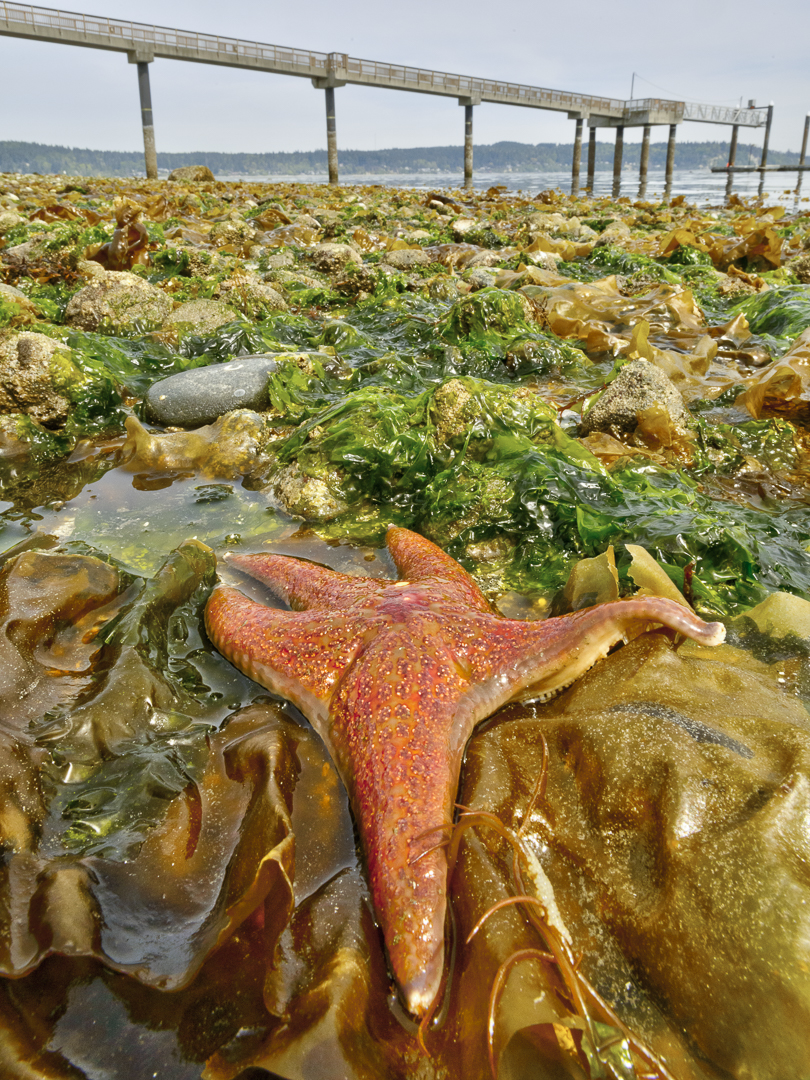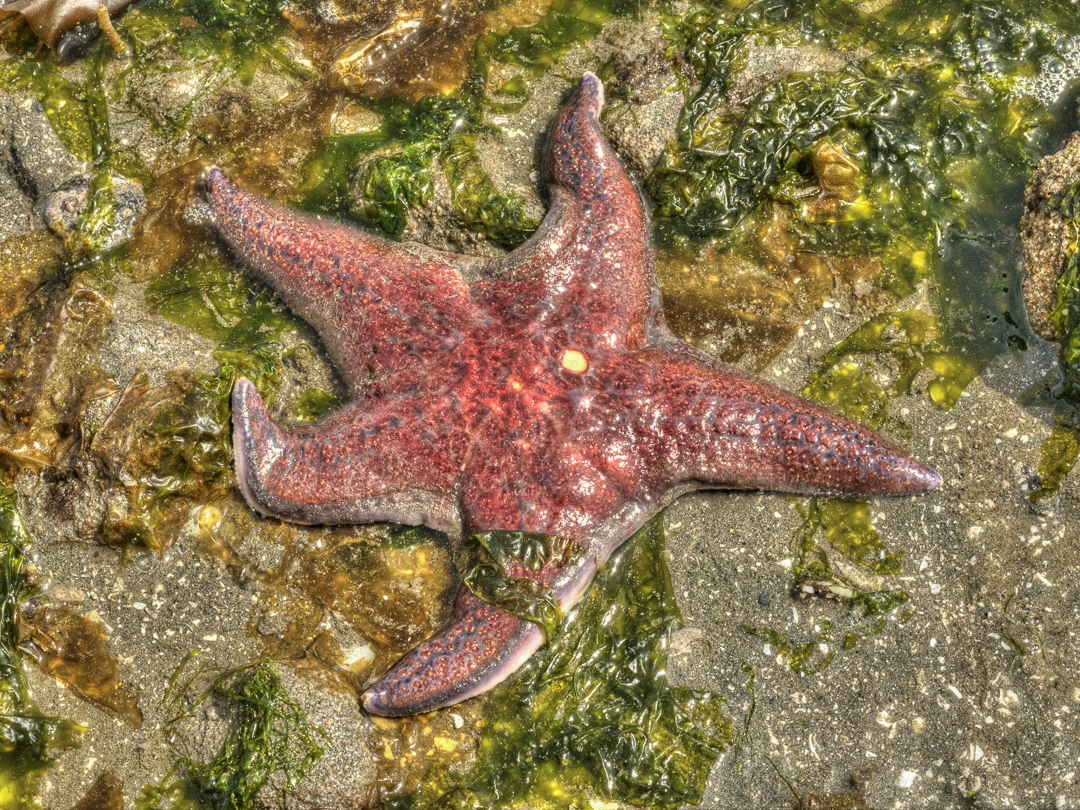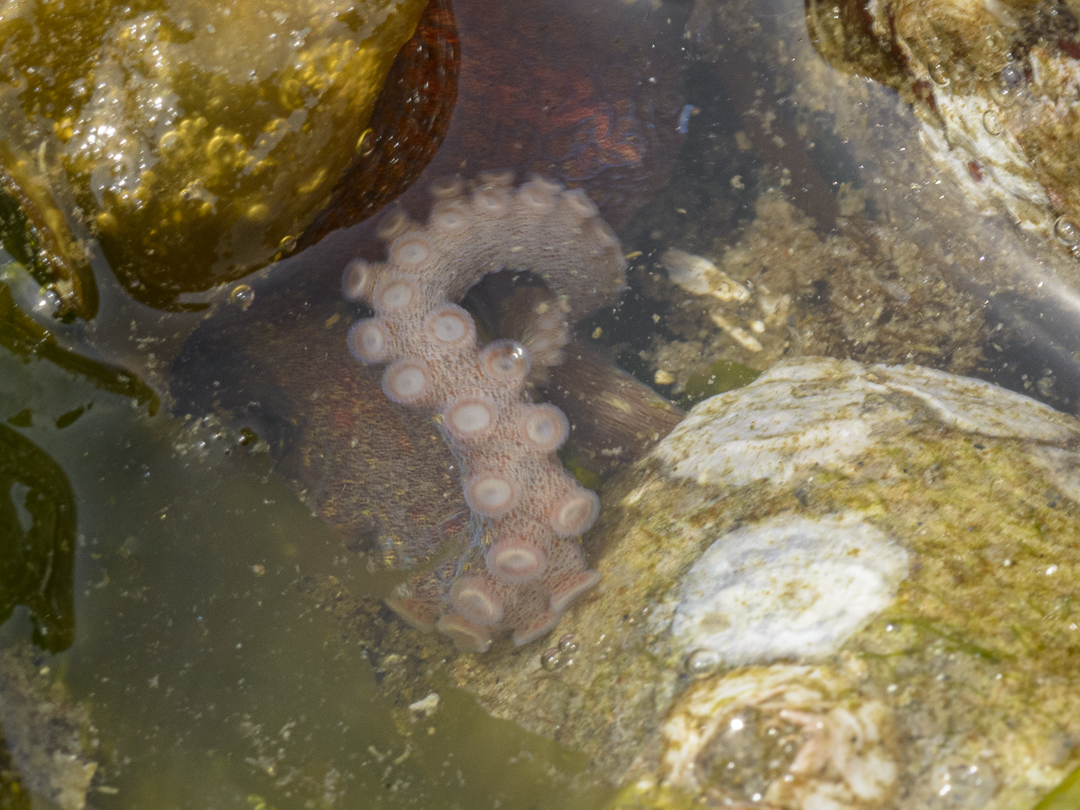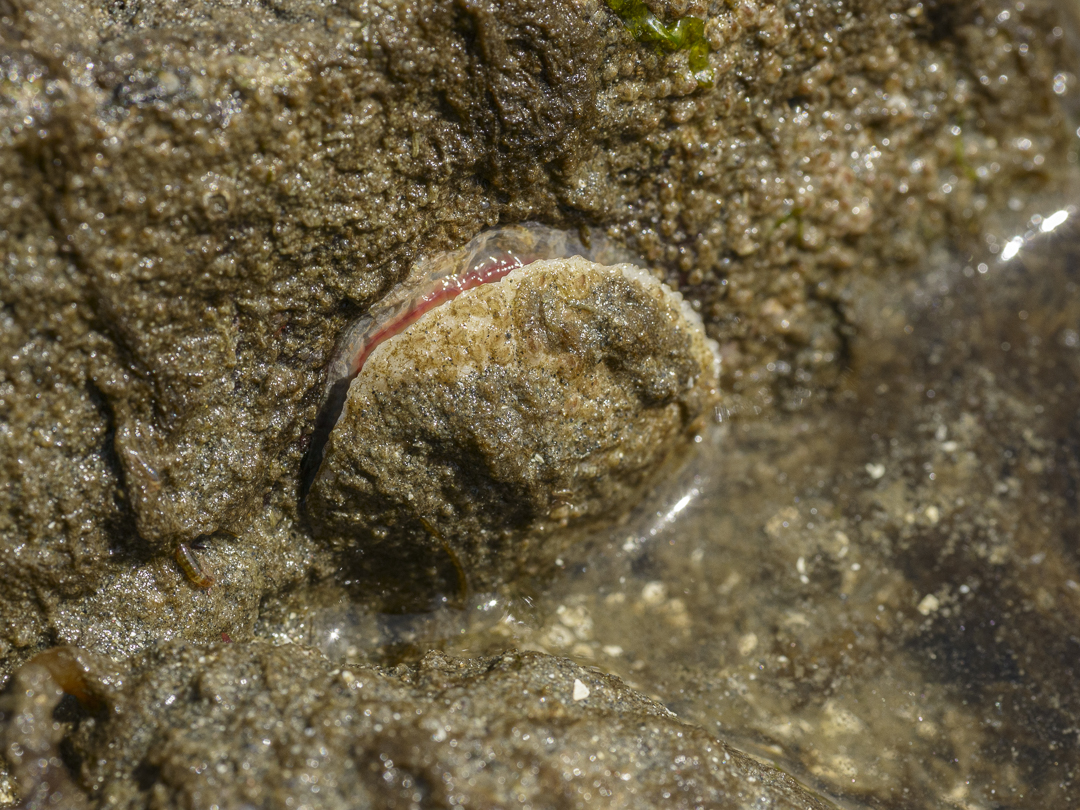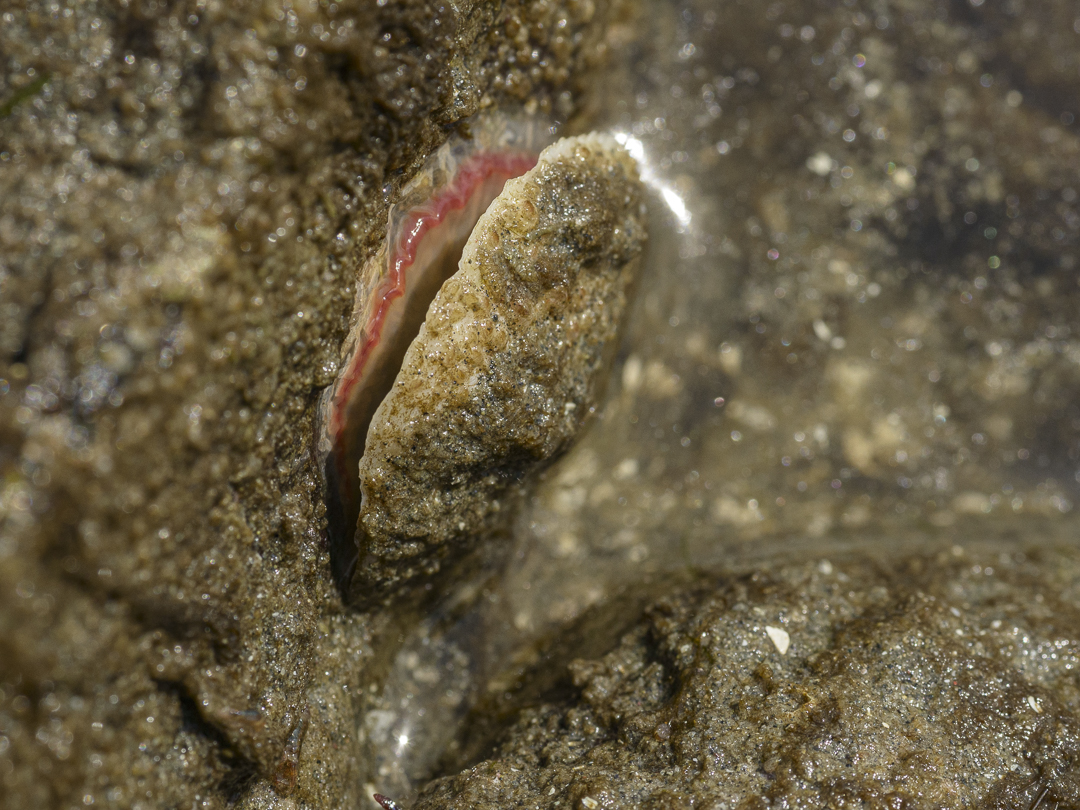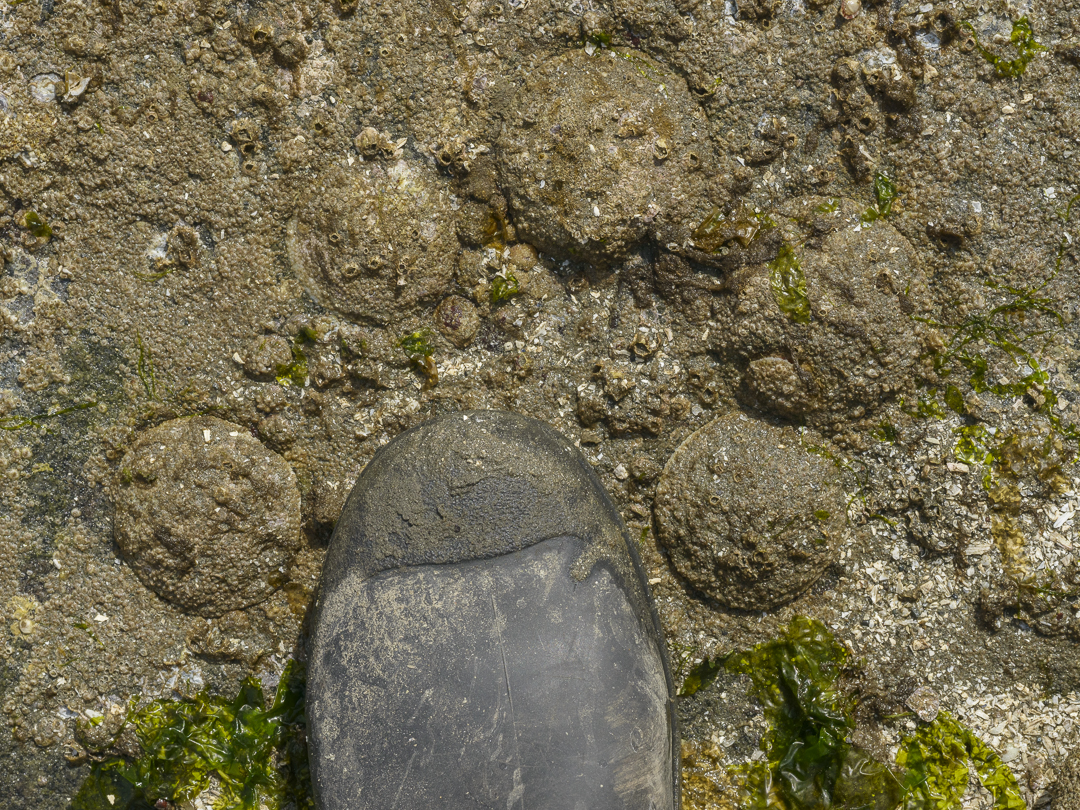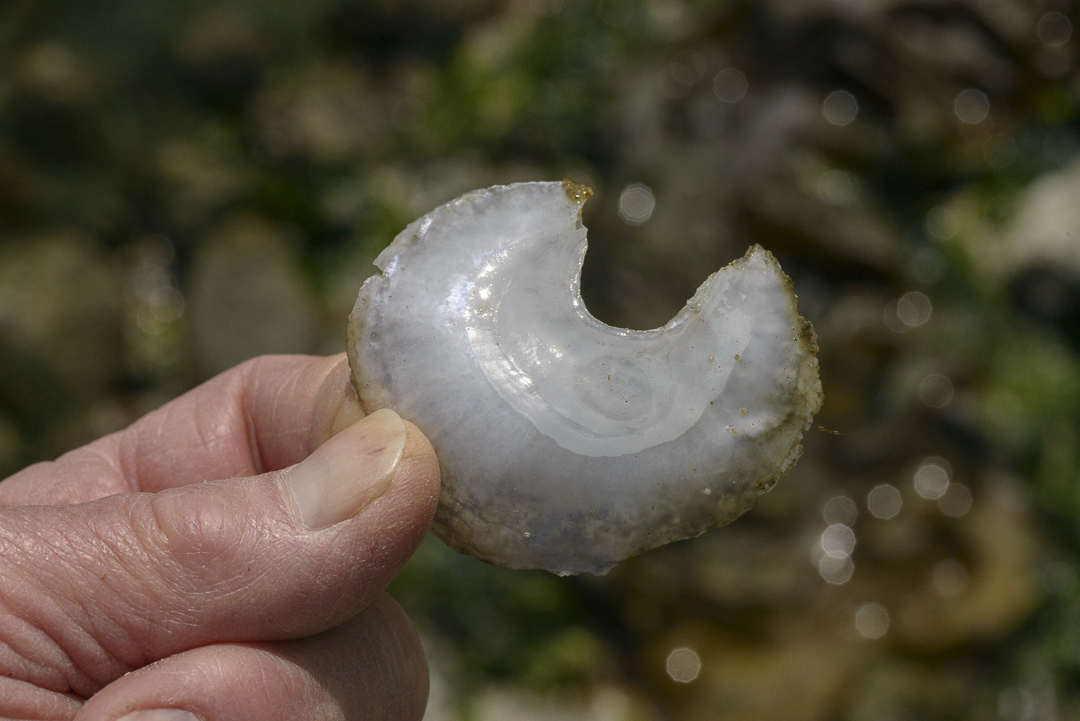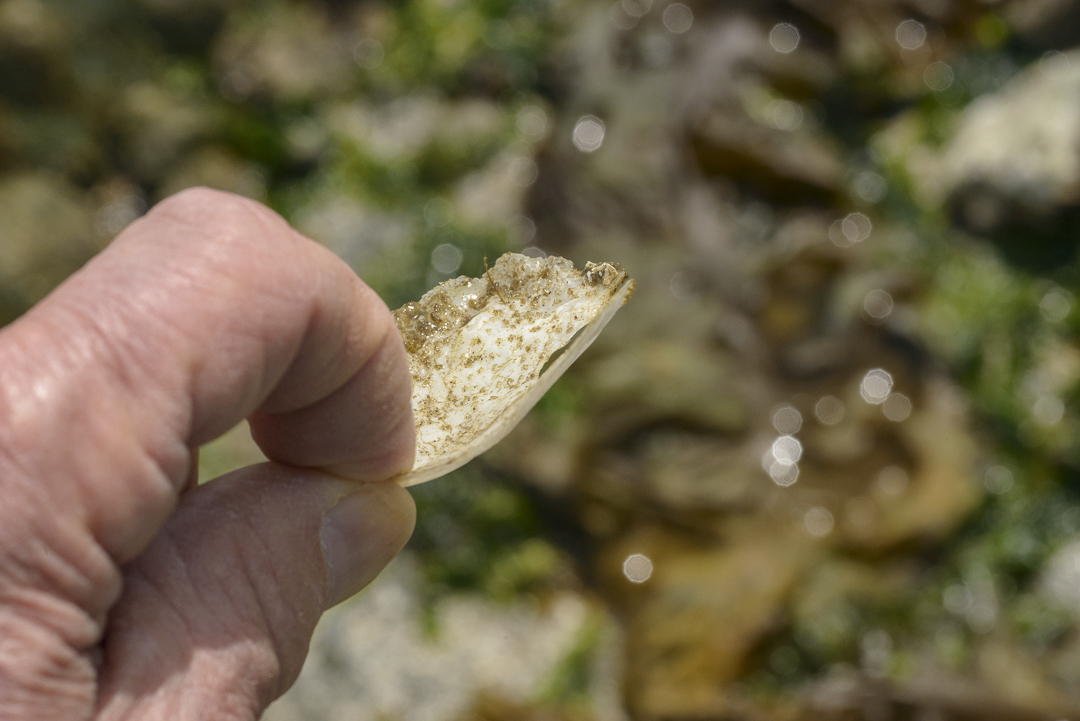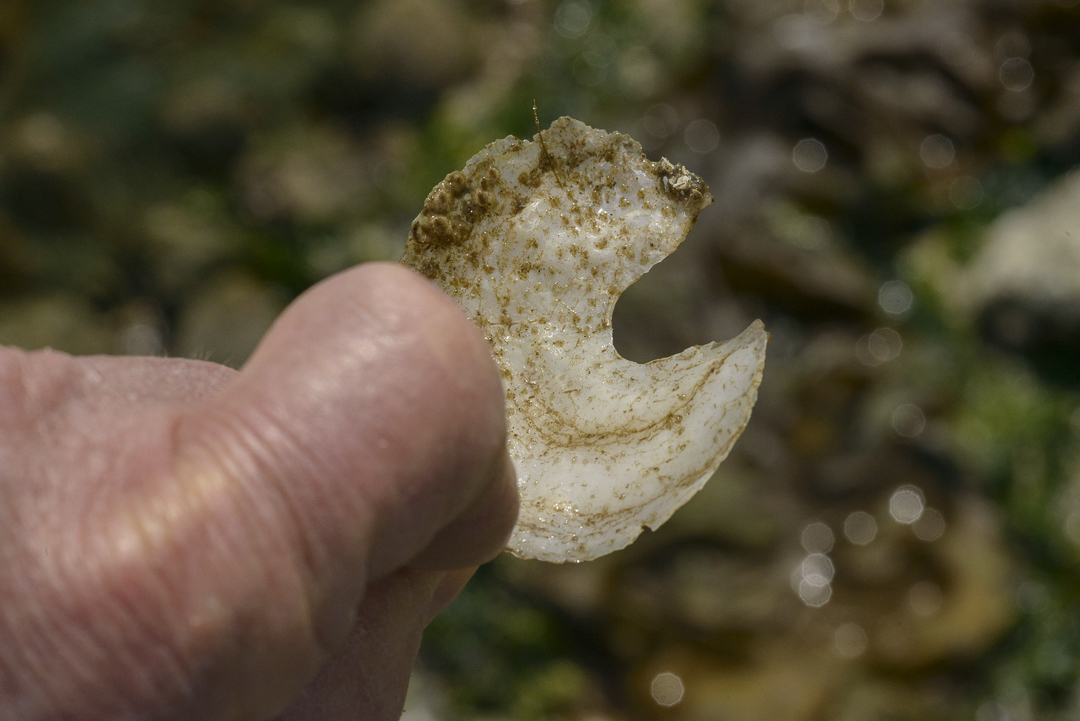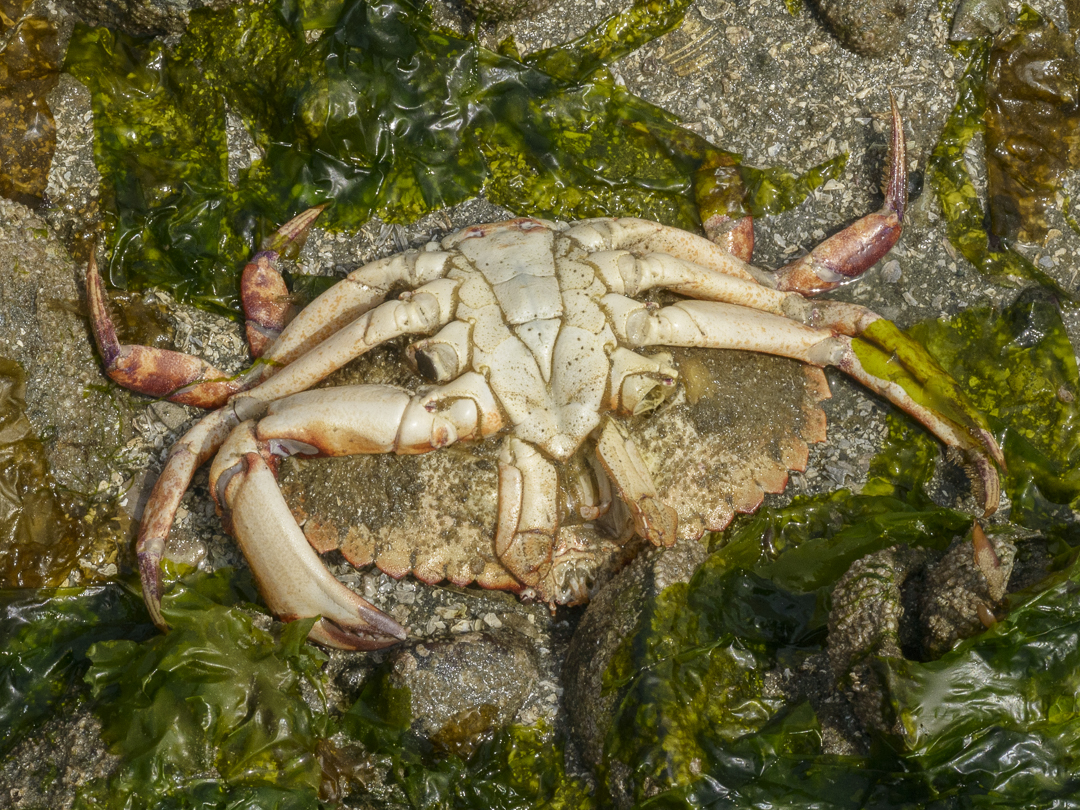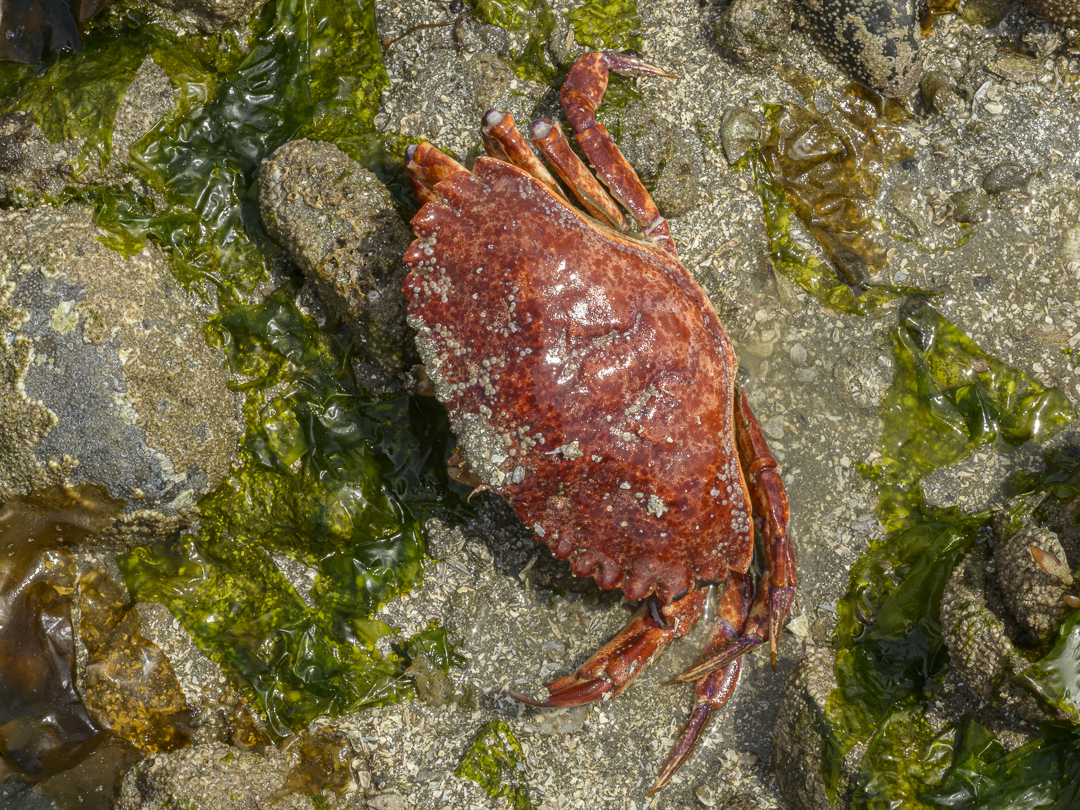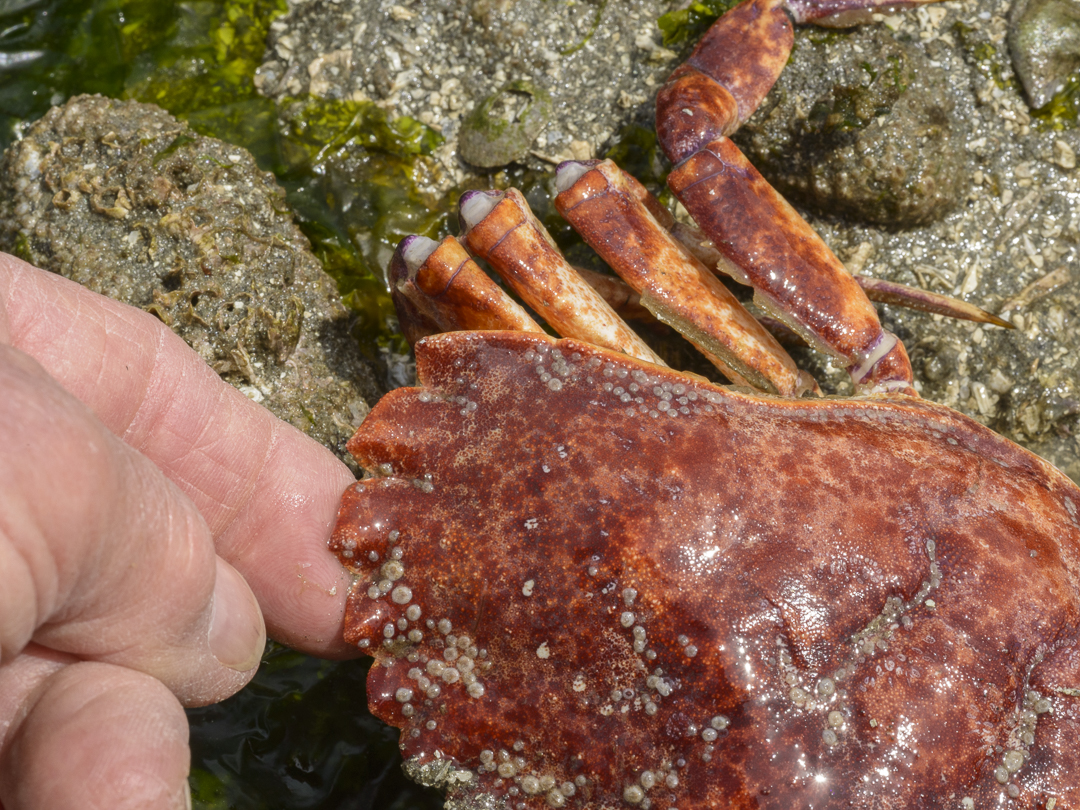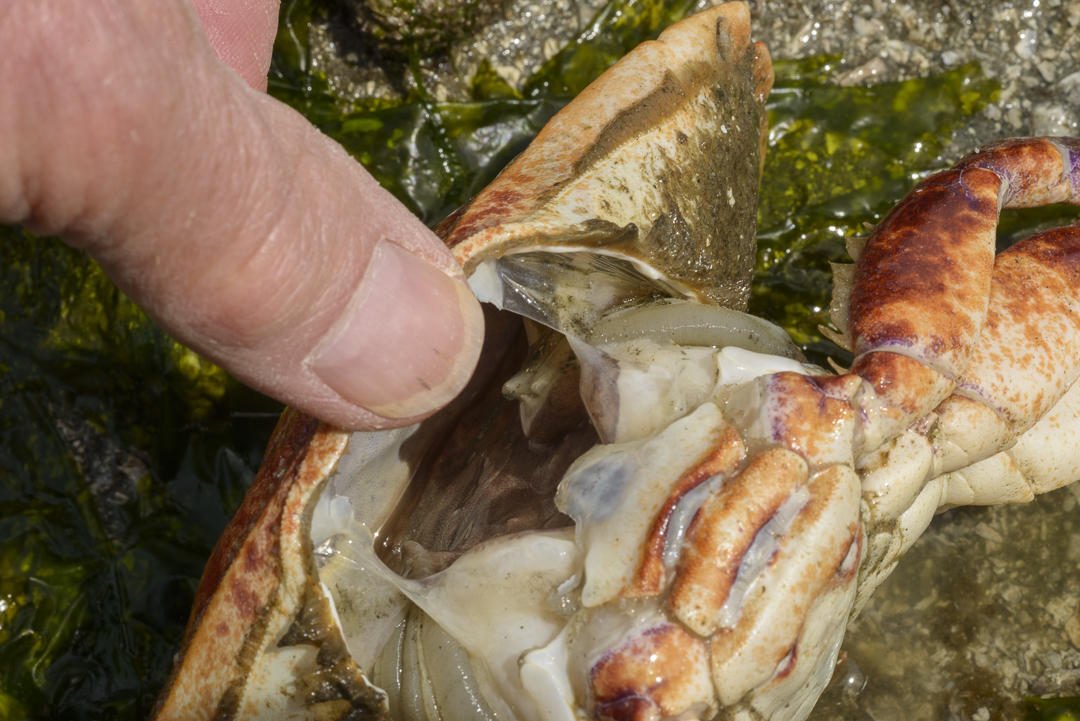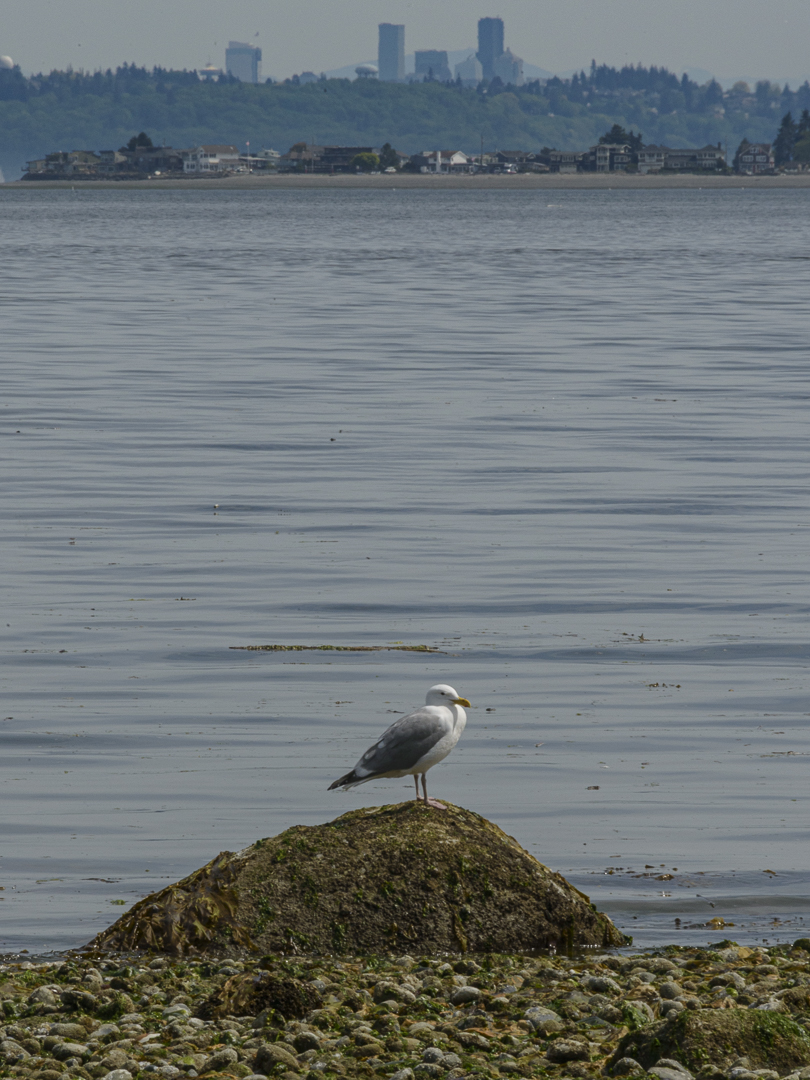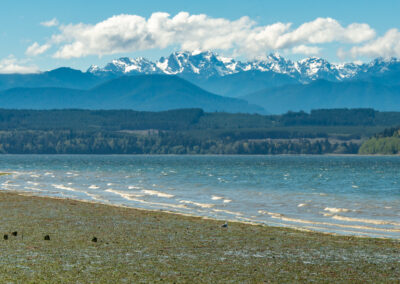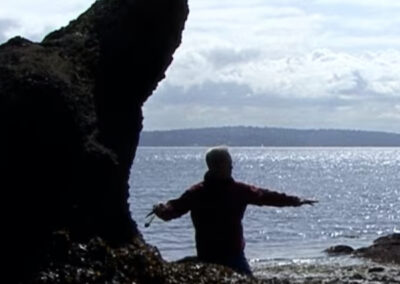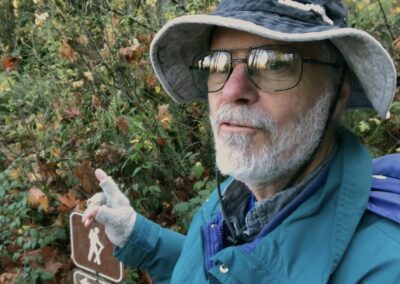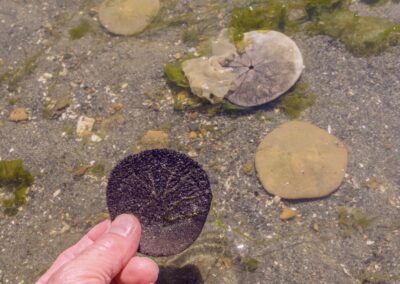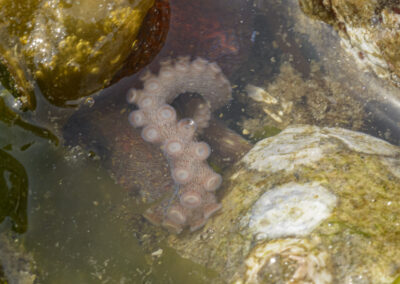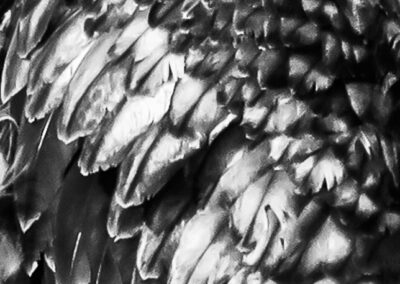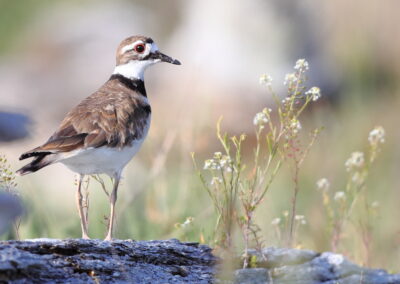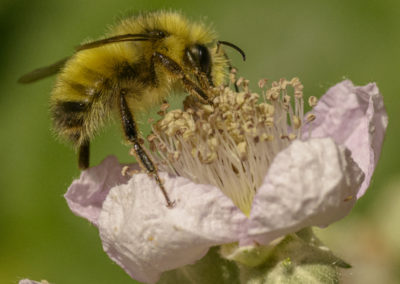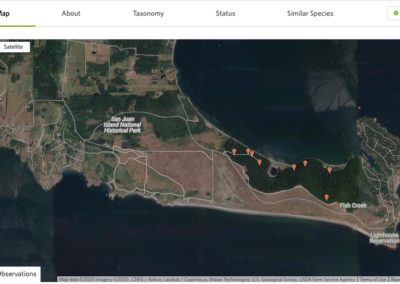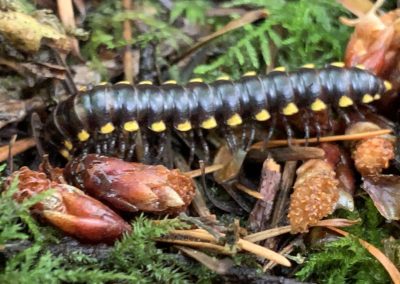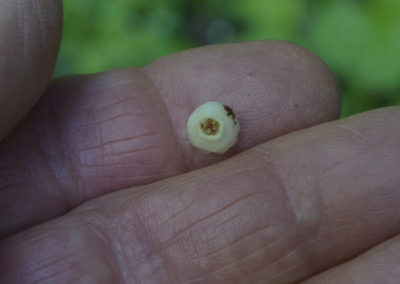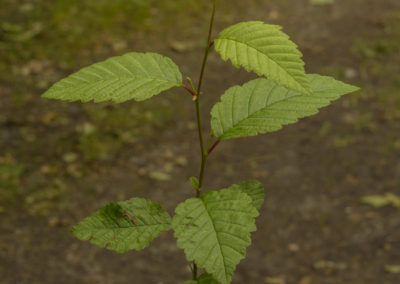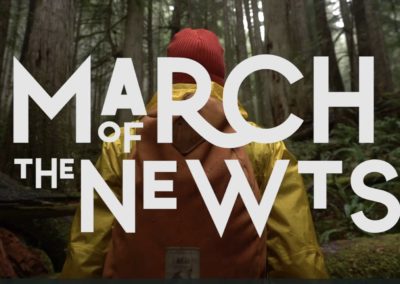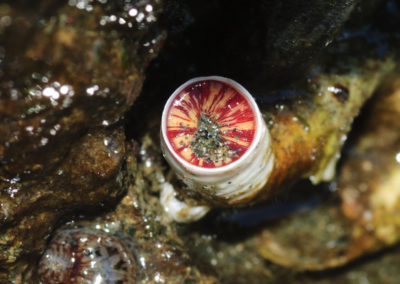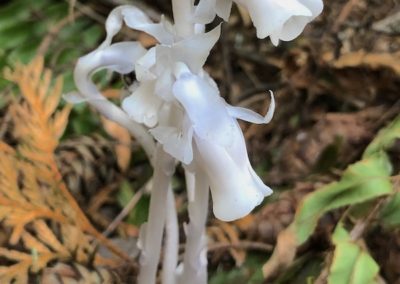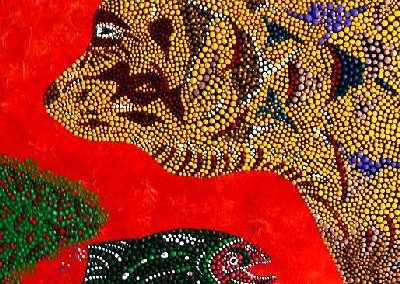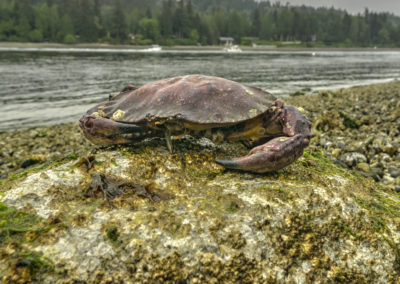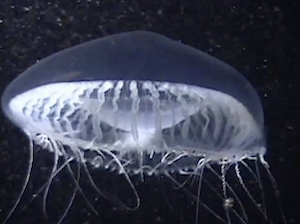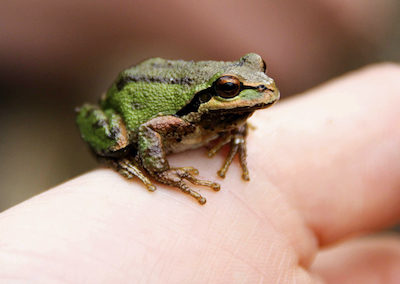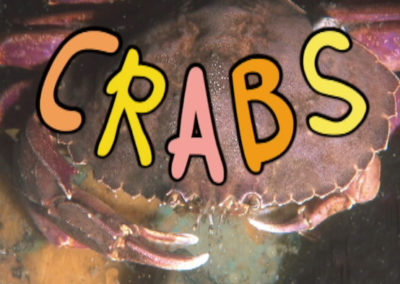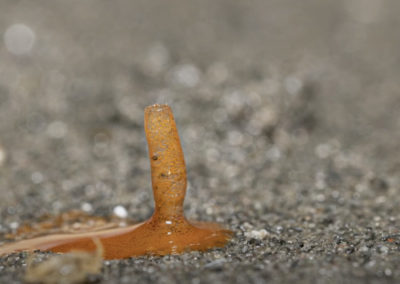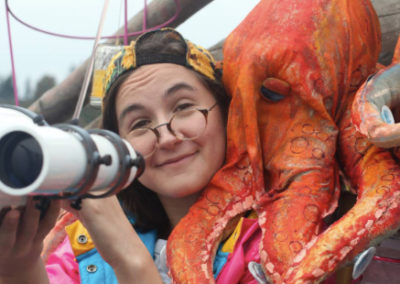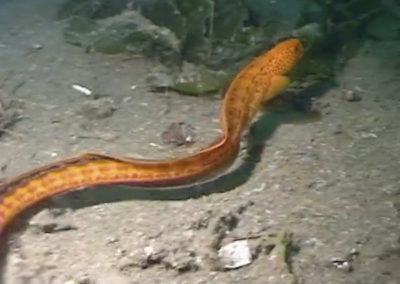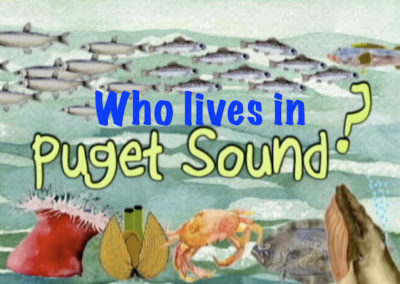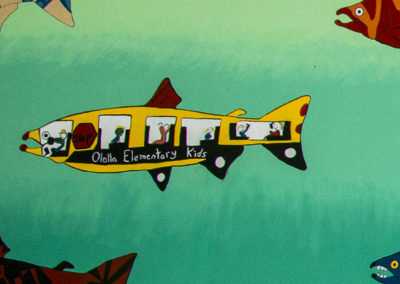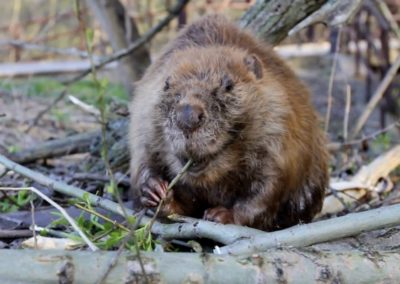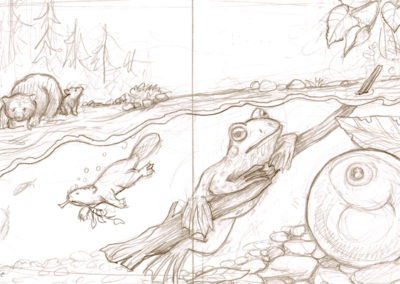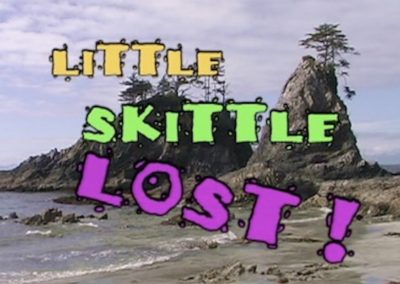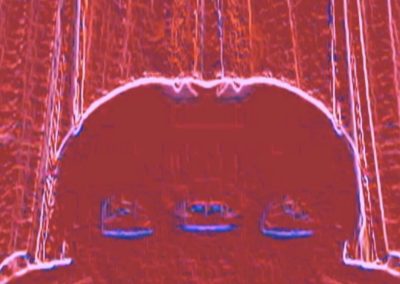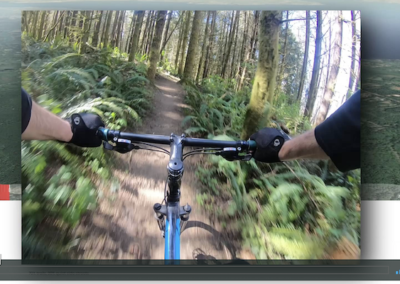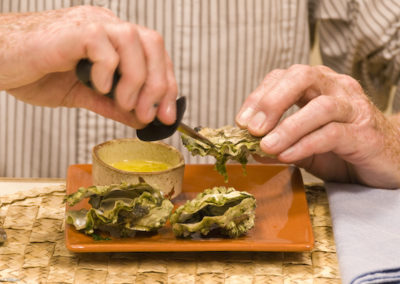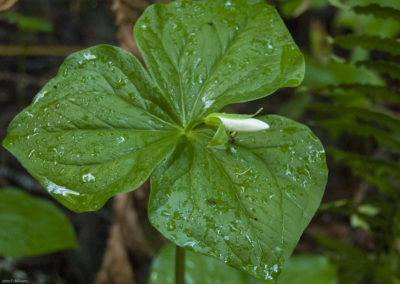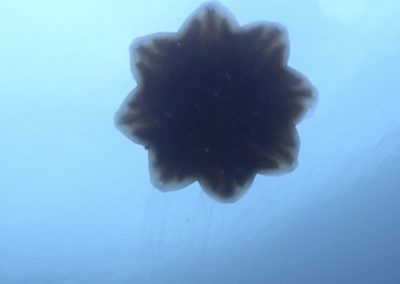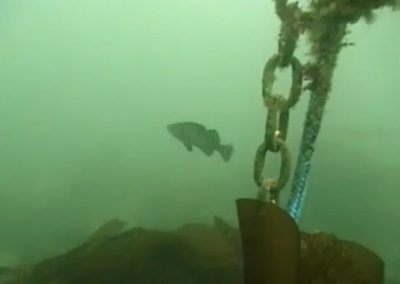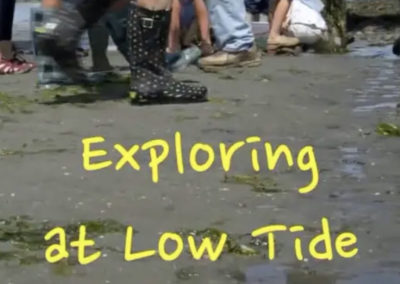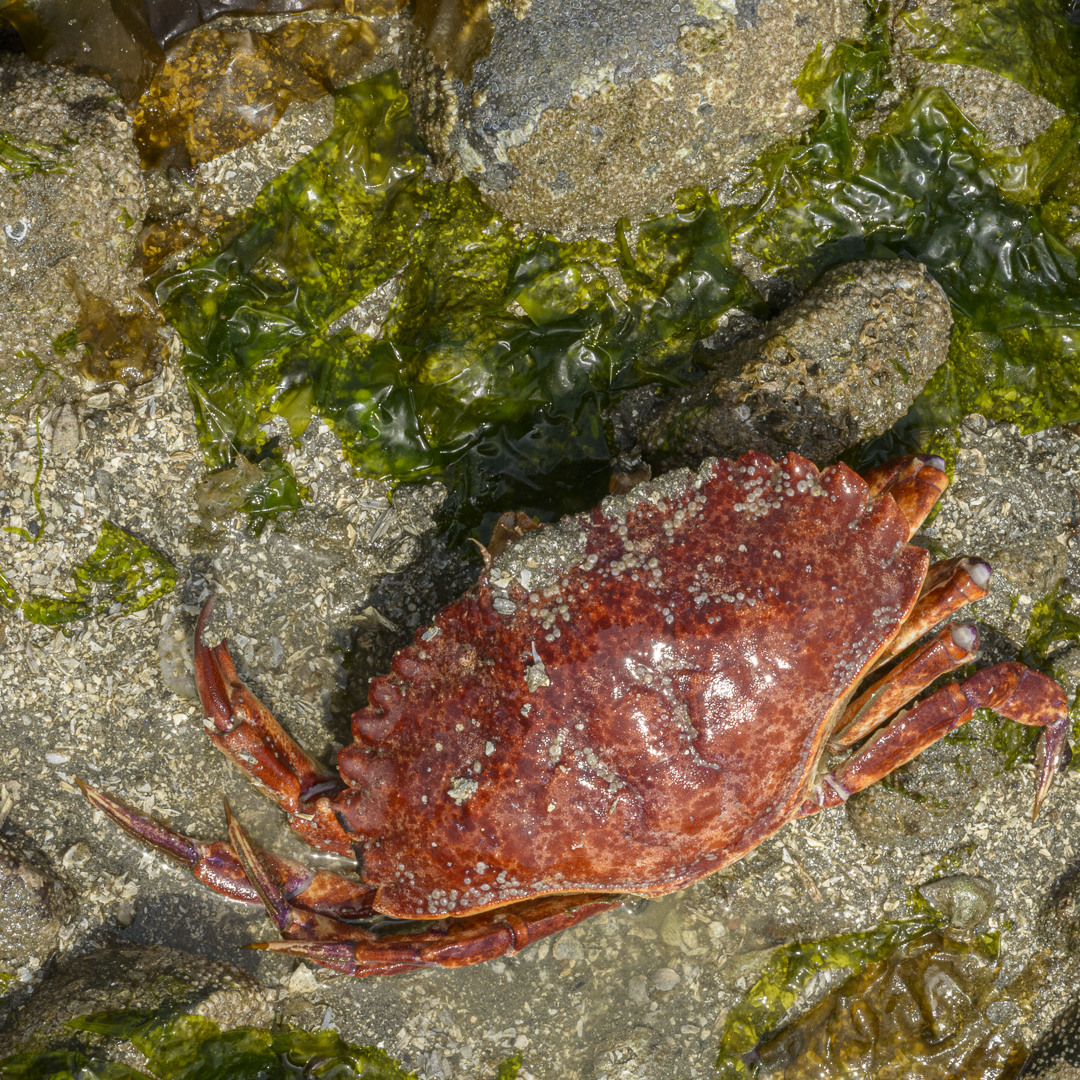
Low tide late april
Text and photos by John F. Williams
Our second set of low tides in April 2021 was quite low: minus three feet April 29. Here is some imagery from that one day.
I visited the beach in Suquamish near the dock. I got there about 30 minutes before the tide bottomed out.
In the photo of the second star, its light colored, circular madreporite is clearly visible. The madreporite is (according to Wikipedia) a calcareous opening used to filter water into the water vascular system of echinoderms. The close-up photo shows that the madreporite has some texture.
The sea star is an echinoderm, as are sea urchins, sand dollars, and sea cucumbers.
Oh, speaking of echinoderms, there are several other articles in Salish Magazine about them. Take a look at Issue 1: Intertidal Creatures and Issue 4: Tide Pools.
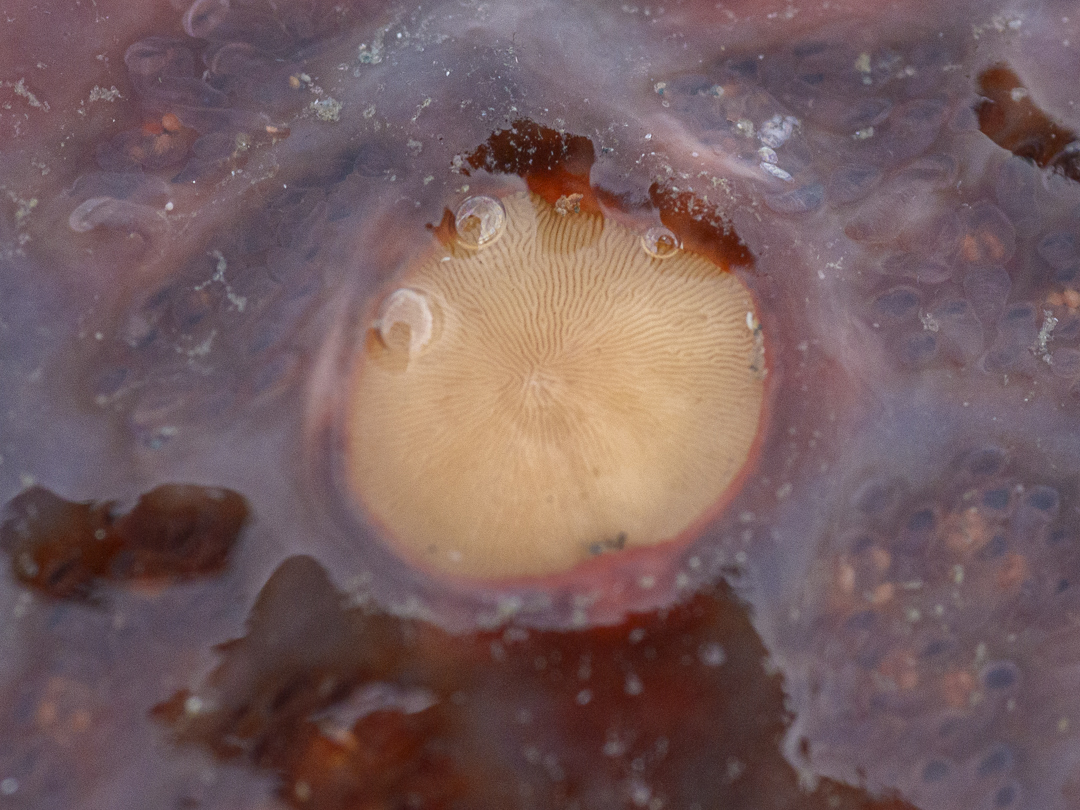
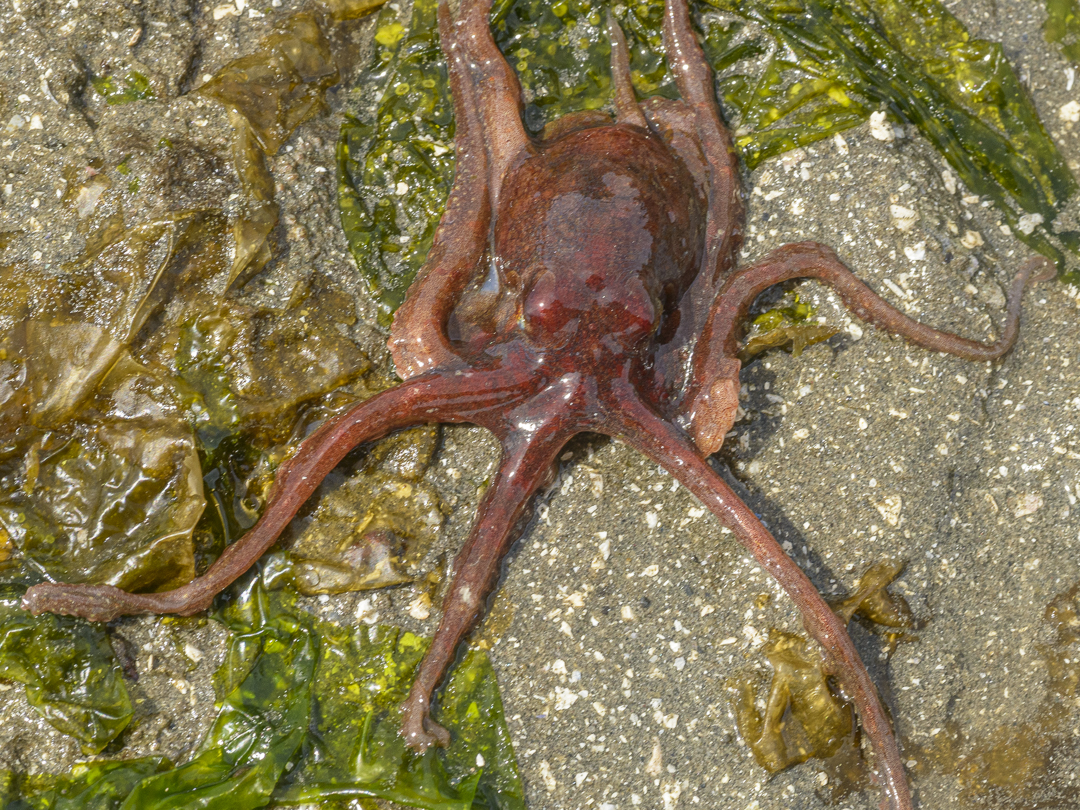
I don’t want to bury the lead, so before I go much further, here’s a red octopus (Octopus rubescens) I saw down near the tide-line. The next photo shows a close-up of some of the tiny suckers on its little arm. Each arm was about 5 inches long.
When I saw the octopus it was headed down the beach toward the incoming tide. After crawling away from one rock, it was briefly in the open until it disappeared into the wet shadow of another rock. I’m guessing that it was a good strategy for the small octopus to avoid being in the open for very long because of predators like the bald eagle flying overhead.
I hope this octopus wasn’t suffering from the new disease that was introduced with the 2021 Academy Awards: Oscar Envy.
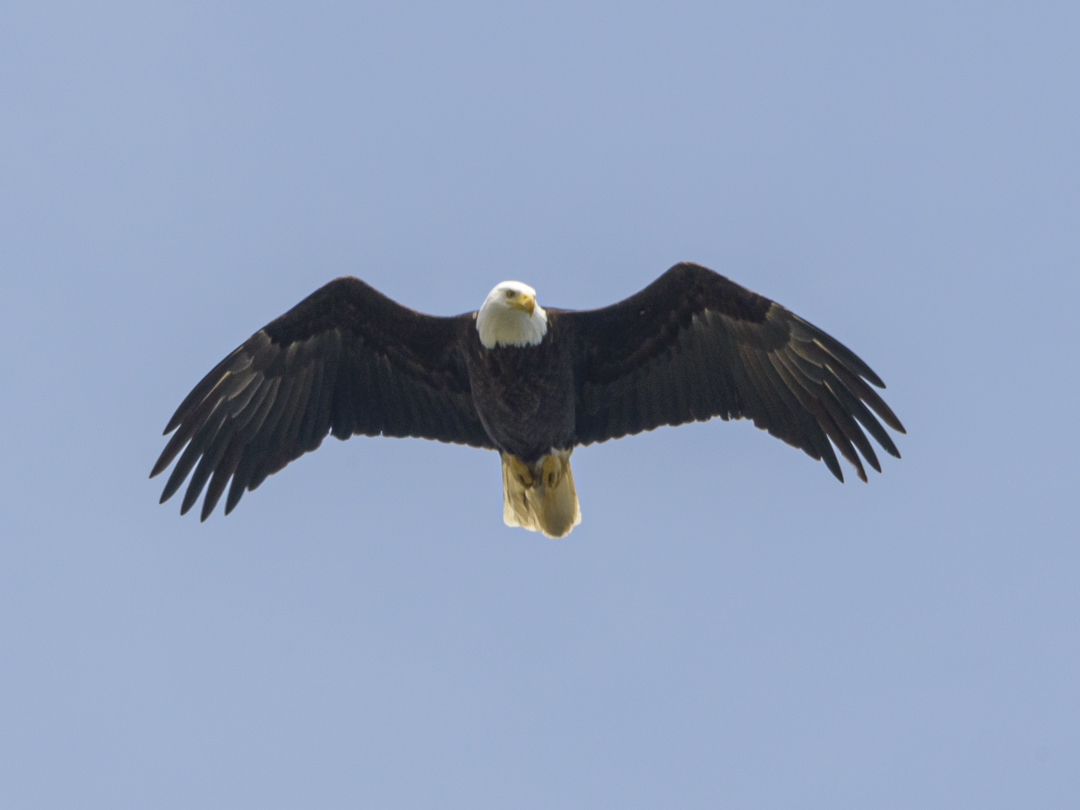
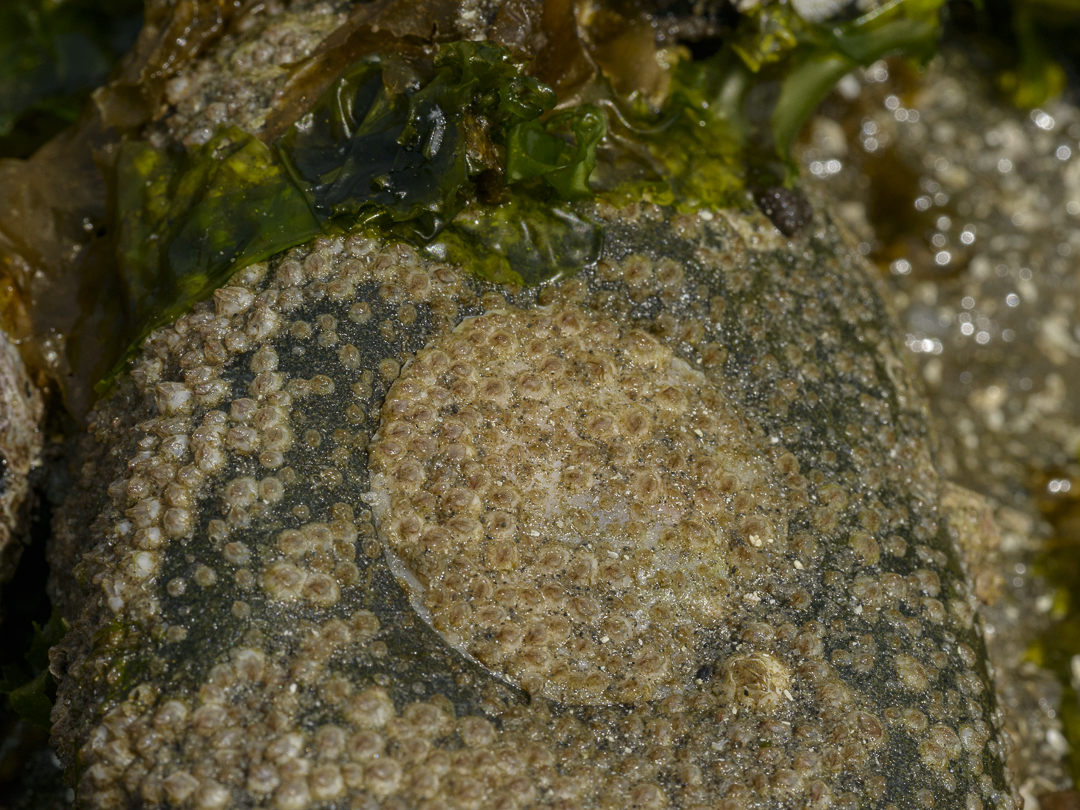
A little further down the beach (or was it “up the beach” because I was headed North?) my eye caught a barnacle clad coin sitting on a rock.
I reached for the coin, and much to my surprise, it clamped down tightly on the rock! It wasn’t a coin after all, but a green false-jingle. I saw several of them as shown below. And when I put my boot near them they formed a semi-circle around it (just kidding).
The thin, “C” shaped piece I found nearby is the lower shell. The hole in it allows the animal to attach to the rock.
One last thing I saw was a red rock crab. As you can see from the photos with my hand in them, the crab was fairly large.
However, it was upside-down and not moving, so I suspected that it was either dead, or just the shell left behind after molting.
I turned it over and raised the top shell from the back, and the shell was empty. A crab had outgrown this shell and crawled out of it.
Somewhere out there is a larger crab with a new shell.
Pretty pleased with the variety of marine life I had been able to photograph, I headed back to the boat ramp to climb up to the parking lot.
Just then a seagull landed on a rock, providing a foreground subject to balance the view of Point Monroe (Bainbridge Island) and the tops of the Seattle skyline.
See More virtual tours
SOME OTHER ESPECIALLY INTERESTING RESOURCES
Science and Nature
This series of short videos, "Human Elements, Science and Nature," is on our local PBS station (KCTS9) as well as online. It features some great local science stories and amazing imagery.
https://www.kcts9.org/show/human-elements/episodes
Future Ecologies
I was thrilled when I discovered the “Future Ecologies” podcast because it has an uncanny resemblance to what we set out to do with Salish Magazine (except that it’s audio rather than visual).
It is one of the few media efforts which really embraces the ecosystem perspective. Use this link to take a look at the review of Future Ecologies on our SEA-Media web site.
The Marine Detective
Jackie Hildering invites you to her blog: "Join me in the cold, dark, life-sustaining NE Pacific Ocean to discover the great beauty, mystery and fragility hidden there." But even before you get to the blog, on her home page there is a slideshow of absolutely stunning photographs.
Street Smart Naturalist
Street Smart Naturalist: Explorations of the Urban Kind is a weekly blog written by David B. Williams to share observations about the human and natural world around Seattle, Puget Sound, and the Pacific Northwest.
Are you in the target audience?
- People who want to know more about Seattle and Puget Sound and the many fascinating stories that can be found by wandering the streets, deep diving newspaper archives, perusing old photos, and taking the time to slow down, be more observant, and ask questions;
- Urban naturalists who delight in noticing fossils in buildings, walruses in terra cotta, and ants bubbling out of sidewalk cracks;
- Flaneurs, historians, optimists, and the just plain nerdy;
- And, those who simply look around and find beauty and amazement in the world around them.
Encyclopedia of Puget Sound
The Encyclopedia of Puget Sound is a comprehensive guide to the science of Salish Sea ecosystem recovery. Articles on this site describe the region's major environmental threats and areas of concern, but also the facts and stories that make the Salish Sea an estuary of international importance. The website is a product of the University of Washington Puget Sound Institute and receives major support from the Environmental Protection Agency's National Estuary Program.
Hakai Magazine
Hakai Magazine explores science, society, and the environment from a coastal perspective. Not only is its content instructive, but it's presentation is visually inspiring.
Living on Earth
Public Radio's Environmental News Magazine. If you're looking for some substance beyond the normal focus of our media on sports, politics, fashion, and economy, listen to this show which does a great job of portraying earth ecosystems as something essential to our lives. The stories it tells are compelling.
IslandWood's Phenology Friday
For 12 weeks in 2020, one of IslandWood’s educators shared a phenological highlight. Watch the videos of their explorations.
Pacific Wonder Tracker
Pacific Wonder Tracker celebrates the delicious sense of wonder we experience when exposed to the natural environment. It is also specific to the natural wonders of the Pacific Northwest. Whether you live here, plan to visit, or just have a curious mental itch, you can enjoy reading about wonders you may encounter in coastal Washington and Oregon.
"Scientists on the Go" from WET Science Center
WET Science Center's "Scientists on the Go" activities integrate science into a child's day while incorporating reading, writing, and math skills! There are a combination of indoor and outdoor activities to keep the learner curious and asking questions. Check back regularly for updated science activities and new printable activity packets. Recommended for elementary age children.
Remote Science Learning
Use this guide to find science resources to supplement remote learning. Thurston County environmental organizations have developed activities for all ages. This resource is provided by the Thurston County ECO Network.
Deep Look
This collection of short videos by PBS shows the unseen at the very edge of our visible world. Get a new perspective on our place in the universe and meet extraordinary new friends. Explore big scientific mysteries by going incredibly small.
PLEASE HELP SUPPORT
SALISH MAGAZINE
DONATE
Salish Magazine contains no advertising and is free. Your donation is one big way you can help us inspire people with stories about things that they can see outdoors in our Salish Sea region.
We also don't advertise Salish Magazine, so please spread the word of this online resource to your friends and colleagues.
Thanks so much for your interest and your support.
We also don't advertise Salish Magazine, so please spread the word of this online resource to your friends and colleagues.
Thanks so much for your interest and your support.

